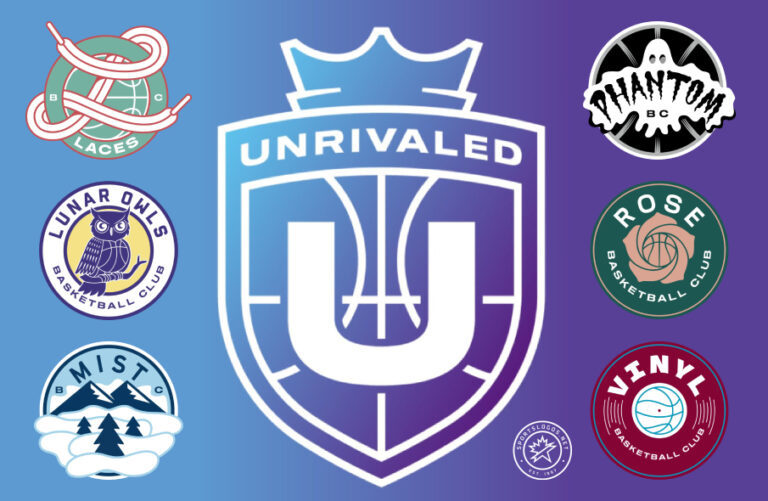When Jimmy Kimmel quipped about Ozempic during the Oscars, it was meant as a light-hearted jest. Yet, unexpectedly, it ignited a far-reaching dialogue about the serious issue of accessibility to groundbreaking medications in American healthcare. Kimmel’s humor, always laced with a touch of societal commentary, brought to the forefront the conversation about why life-changing drugs like Ozempic, known for their weight management and diabetes treatment capabilities, aren’t more readily available to those who need them most. His joke resonated not just with the star-studded audience but with millions of viewers at home, many of whom are directly impacted by the challenges of accessing such medications due to high costs or restrictive insurance policies.
The subsequent buzz in media outlets and online platforms highlighted a crucial debate: if medications exist that can significantly alleviate, or even prevent, widespread health issues like obesity and diabetes, what barriers prevent them from being accessible to the general public? Kimmel’s jest, though light-hearted, underscored the disparity between the healthcare needs of the average American and the reality of pharmaceutical availability. It sparked conversations among healthcare professionals, policymakers, and the public about the need for a healthcare system that prioritizes the widespread availability of essential medications, ensuring that advancements in medical science truly benefit those in need.
The Fallacy of Self-Restraint: Food vs. Substance Abuse
Expecting individuals to rely solely on self-restraint for managing overeating mirrors the flawed expectation that most can exercise control in the face of addictive substance abuse. Both scenarios overlook the complex interplay of psychological, physiological, and environmental factors that drive these behaviors. Just as substance addiction often stems from deeper emotional or mental health issues, compulsive eating can be a coping mechanism for stress, anxiety, or depression. The brain’s reward system, which reinforces the consumption of high-calorie foods or addictive substances due to the release of pleasure-inducing chemicals, doesn’t distinguish between drugs and food. Furthermore, societal and environmental cues constantly bombard individuals with temptations, making the expectation of consistent self-restraint not only unrealistic but also dismissive of the underlying challenges people face in their efforts to maintain a healthy lifestyle.
What If: A New Dawn in American Healthcare Through Ozempic and Mounjaro?
In an alternate reality, imagine a United States where the healthcare system is no longer buckling under the colossal weight of diseases spawned by unchecked obesity. In this world, two pharmaceutical marvels, Ozempic and Mounjaro, stand as the twin pillars supporting a healthier, more vibrant nation. But how did we get here? And at what cost?
The Turning Tide
For years, the American healthcare system grappled with the burgeoning crisis of obesity-related illnesses, from type 2 diabetes to heart disease. The financial and human toll was staggering, draining resources and diminishing the quality of life for millions. Enter Ozempic and Mounjaro, two medications originally designed to treat type 2 diabetes but found to have profound effects on weight loss.
Dr. Jane Thompson, an endocrinologist at the forefront of obesity research, notes, “Ozempic and Mounjaro represent a quantum leap in our approach to managing weight-related diseases. Their ability to significantly reduce weight while managing blood sugar levels is nothing short of revolutionary.”
How Does Ozempic and Mounjaro Work?
Ozempic functions by imitating a hormone that is found naturally. Your brain receives a message from those molecules indicating fullness when your hormone levels rise. Additionally, it prolongs the time it takes for food to exit the body, which slows down digestion.
Mounjaro activates a single peptide that causes the body’s GIP and GLP-1 receptors to become active. Mounjaro improves insulin sensitivity, lowers glucagon levels, slows down stomach emptying, and increases both first and second phase insulin secretion.
The Economic Salvation
The potential economic impact of these drugs is immense. With widespread use, the savings in healthcare expenditures related to obesity could reach into the billions annually. Dr. Robert Langdon, a health economist, states, “By reducing the incidence of obesity-related conditions, we’re not just saving lives; we’re also averting a potential economic catastrophe. The savings in healthcare costs could be redirected to other critical areas, such as education and infrastructure.”

Funding the Revolution
But such a transformative shift doesn’t come without its financial hurdles. The cost of these medications, while not exorbitant, is significant, especially considering the scale at which they would need to be deployed. Insurance coverage plays a pivotal role here. Dr. Emily Stanton, a policy analyst, suggests, “To make this vision a reality, we need a collaborative effort between the government, insurance companies, and pharmaceutical firms to ensure these life-saving medications are accessible to all who need them.”
The Manufacturing Challenge
Scaling up production to meet national demand is another formidable challenge. It’s not just about ramping up manufacturing; it’s about ensuring the highest quality standards are maintained, supply chains are resilient, and distribution is equitable.
Dr. Thompson adds, “It’s a monumental task. We’re talking about a nationwide mobilization akin to a public health moonshot. But the payoff in terms of improved health outcomes and reduced healthcare spending is undeniable.”
The Road Ahead
As we stand on the cusp of this healthcare revolution, the path forward is fraught with challenges but illuminated by the promise of a healthier, more sustainable future. Ozempic and Mounjaro could be the keystones in rebuilding America’s healthcare system, but it will take a concerted effort from all sectors of society to turn this dream into reality.
In this alternate vision of America, Ozempic and Mounjaro are not just medications; they are the harbingers of a new era in healthcare. An era where the insidious tide of obesity-related diseases is finally turned, and the healthcare system is salvaged from the brink of collapse. It’s a bold vision, but with the right support, investment, and commitment, it could well be within our reach.













